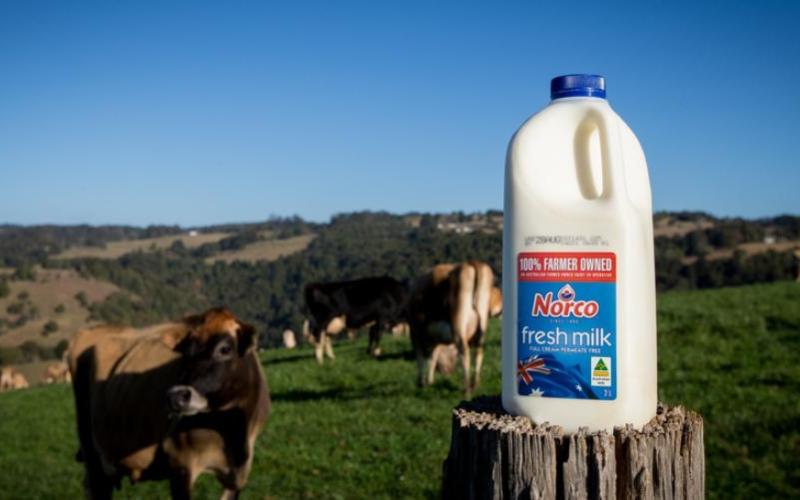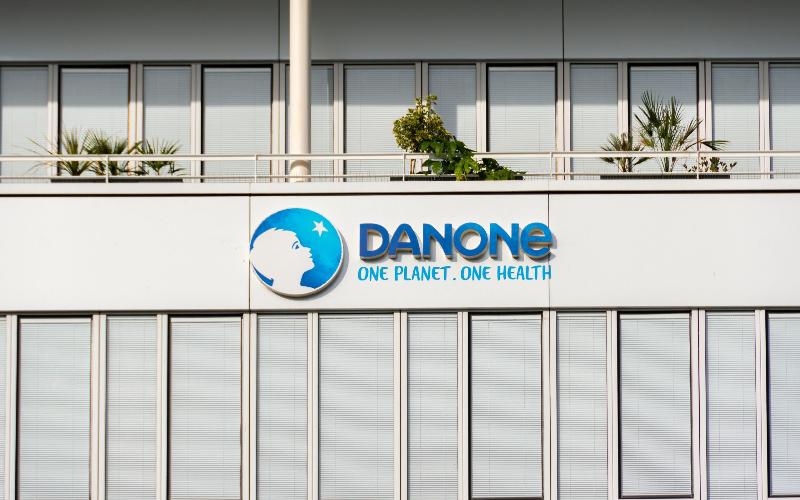Optimism Grows Among Texas Dairy Producers in Anticipation of Positive Shifts in 2024
Sourse: The DairyNews
Dairy producers in Texas are looking forward to a more promising year in 2024 following recent rains that offer hope for increased feed and forage production. After facing consecutive years of drought-related challenges, the outlook for the state's dairy industry is improving, according to insights from a Texas A&M AgriLife Extension Service expert.

Jennifer Spencer, Ph.D., an AgriLife Extension dairy specialist and assistant professor in the Texas A&M Department of Animal Science, highlighted the positive impact of recent rains on feed and forage production. Additionally, the passage of the Whole Milk for Healthy Kids Act by the U.S. House of Representatives is seen as a potential catalyst for increased demand nationwide.
The past two years posed significant challenges for Texas dairy producers, resulting in lower numbers of cows and dairies. In 2022, the state had 653,000 cows, which decreased to 635,000 in 2023. The number of dairies also saw a decline, dropping to below 300 at the beginning of 2024 from 315 in 2022.
Despite the challenges, Texas saw an increase in milk production in 2023. Spencer noted that the state's milk production per cow rose slightly, making Texas the third-highest milk-producing state in the nation, trailing only behind California and Wisconsin.
However, falling milk prices in 2023 had a significant impact on dairy producers. The uniform milk price dropped from $23.68 per hundredweight in 2022 to $18.98 per hundredweight in 2023, posing financial challenges for producers.
Looking ahead to 2024, Spencer anticipates a transition year with a further decrease in dairy numbers but an overall increase in Texas dairy herd size. Despite the challenges, many producers remain optimistic about the prospects for feed production and market demand in the coming year.
Several positive developments on the horizon include the opening or construction of processing facilities in the state, potentially increasing demand for Texas milk. Notable among these is the passage of the Whole Milk for Healthy Kids Act, which, if cleared by the U.S. Senate, could boost demand by allowing the use of whole milk in schools.
Dairy producers are also adapting to changing market conditions through the integration of technology. From health monitors to rumination collars and even robotics to address labor shortages, technology is becoming an integral part of dairy operations.
Moreover, the use of sexed semen for breeding is allowing producers to explore beef-on-dairy breeding, capitalizing on the higher value of beef-on-dairy calves in the market. Dairies are becoming more versatile, exploring new approaches to enhance their bottom line.
While challenges persist, the optimism among Texas dairy producers reflects a resilient industry poised for positive shifts in 2024.
The past two years posed significant challenges for Texas dairy producers, resulting in lower numbers of cows and dairies. In 2022, the state had 653,000 cows, which decreased to 635,000 in 2023. The number of dairies also saw a decline, dropping to below 300 at the beginning of 2024 from 315 in 2022.
Despite the challenges, Texas saw an increase in milk production in 2023. Spencer noted that the state's milk production per cow rose slightly, making Texas the third-highest milk-producing state in the nation, trailing only behind California and Wisconsin.
However, falling milk prices in 2023 had a significant impact on dairy producers. The uniform milk price dropped from $23.68 per hundredweight in 2022 to $18.98 per hundredweight in 2023, posing financial challenges for producers.
Looking ahead to 2024, Spencer anticipates a transition year with a further decrease in dairy numbers but an overall increase in Texas dairy herd size. Despite the challenges, many producers remain optimistic about the prospects for feed production and market demand in the coming year.
Several positive developments on the horizon include the opening or construction of processing facilities in the state, potentially increasing demand for Texas milk. Notable among these is the passage of the Whole Milk for Healthy Kids Act, which, if cleared by the U.S. Senate, could boost demand by allowing the use of whole milk in schools.
Dairy producers are also adapting to changing market conditions through the integration of technology. From health monitors to rumination collars and even robotics to address labor shortages, technology is becoming an integral part of dairy operations.
Moreover, the use of sexed semen for breeding is allowing producers to explore beef-on-dairy breeding, capitalizing on the higher value of beef-on-dairy calves in the market. Dairies are becoming more versatile, exploring new approaches to enhance their bottom line.
While challenges persist, the optimism among Texas dairy producers reflects a resilient industry poised for positive shifts in 2024.














